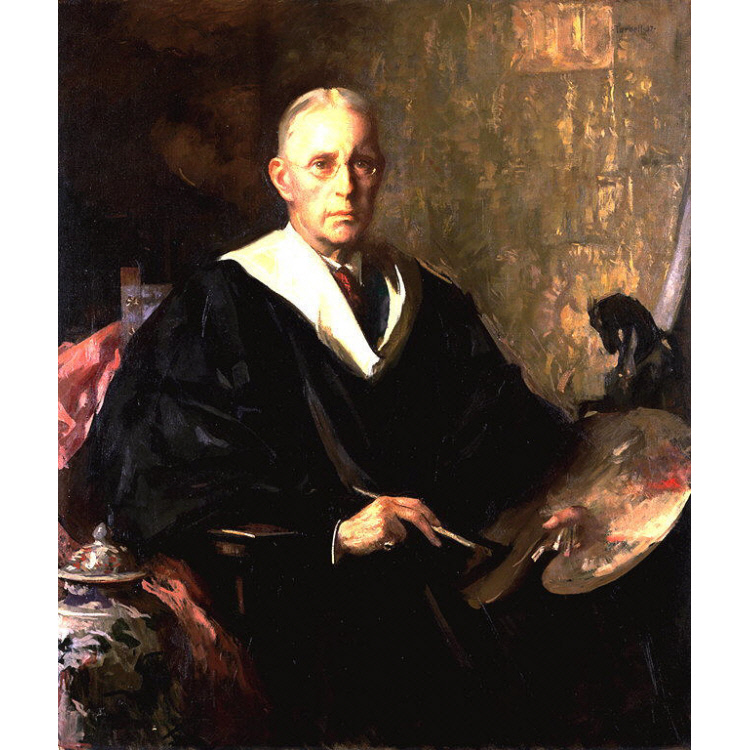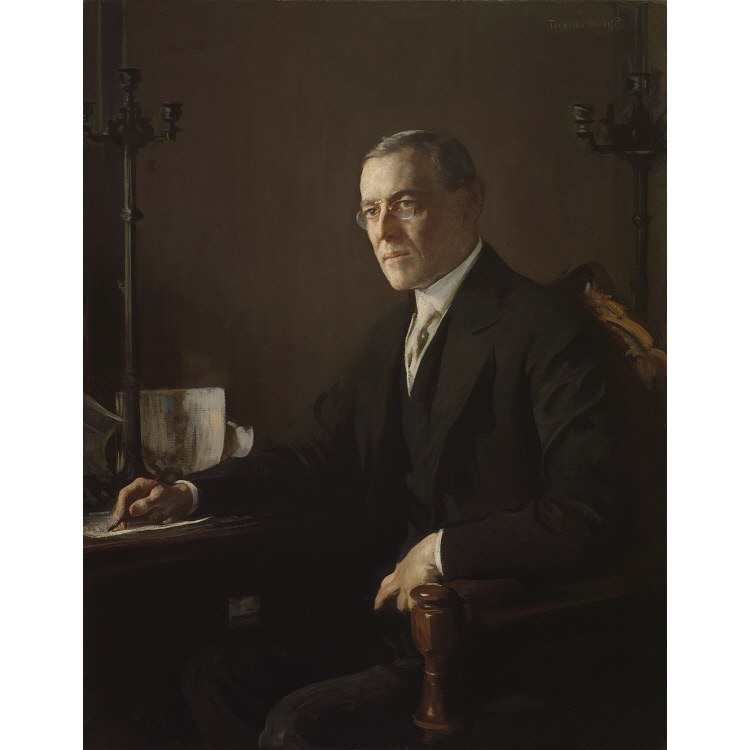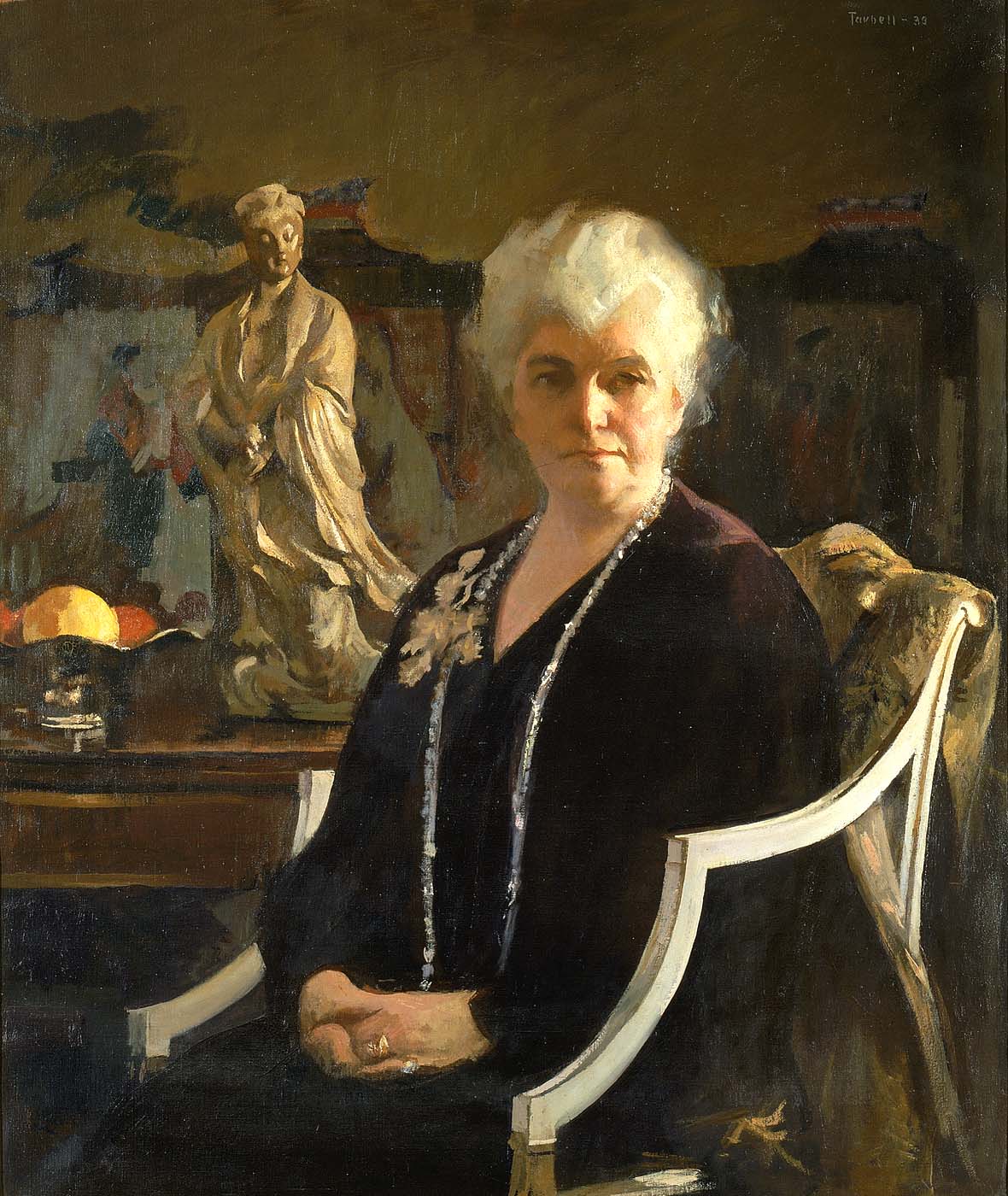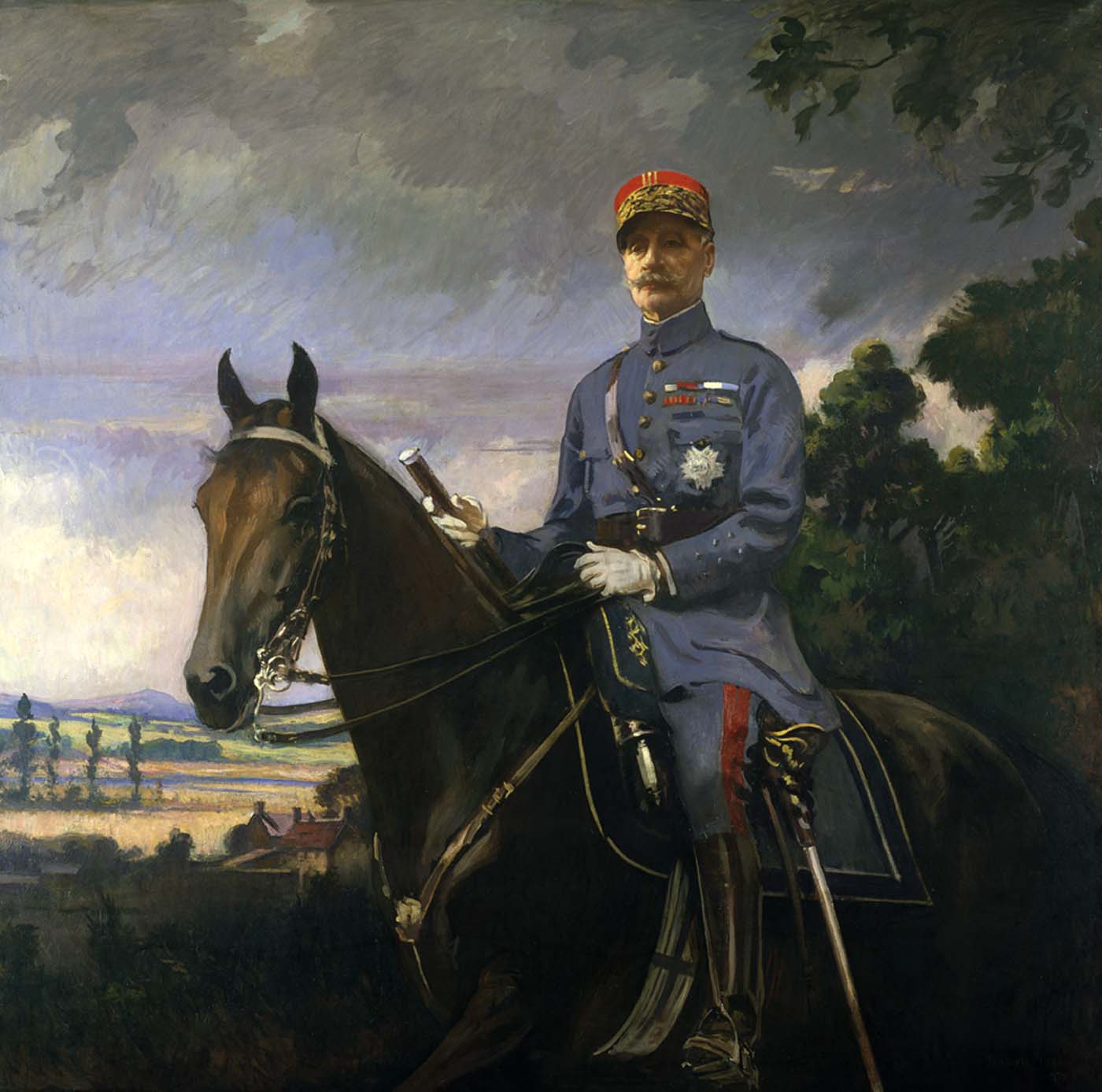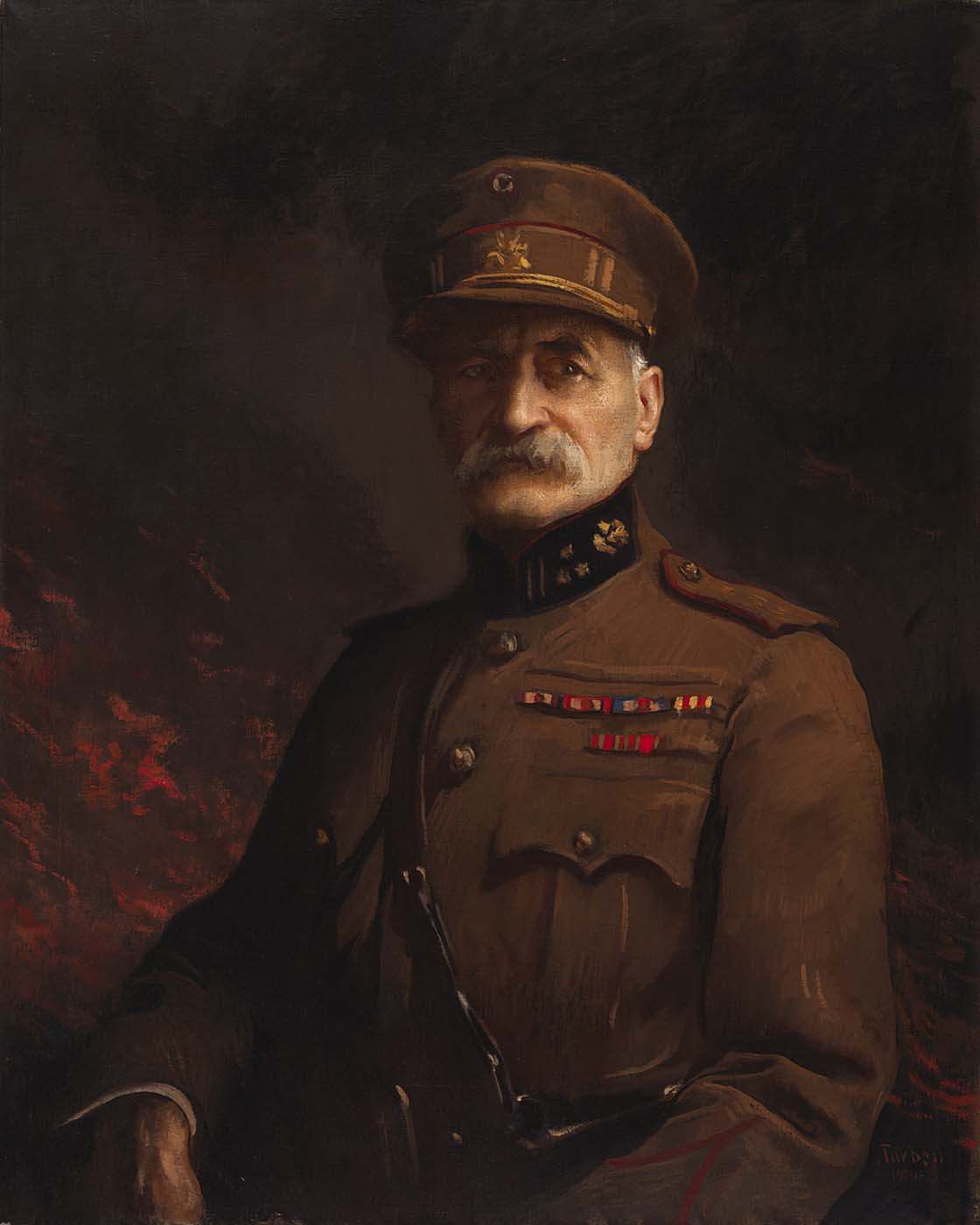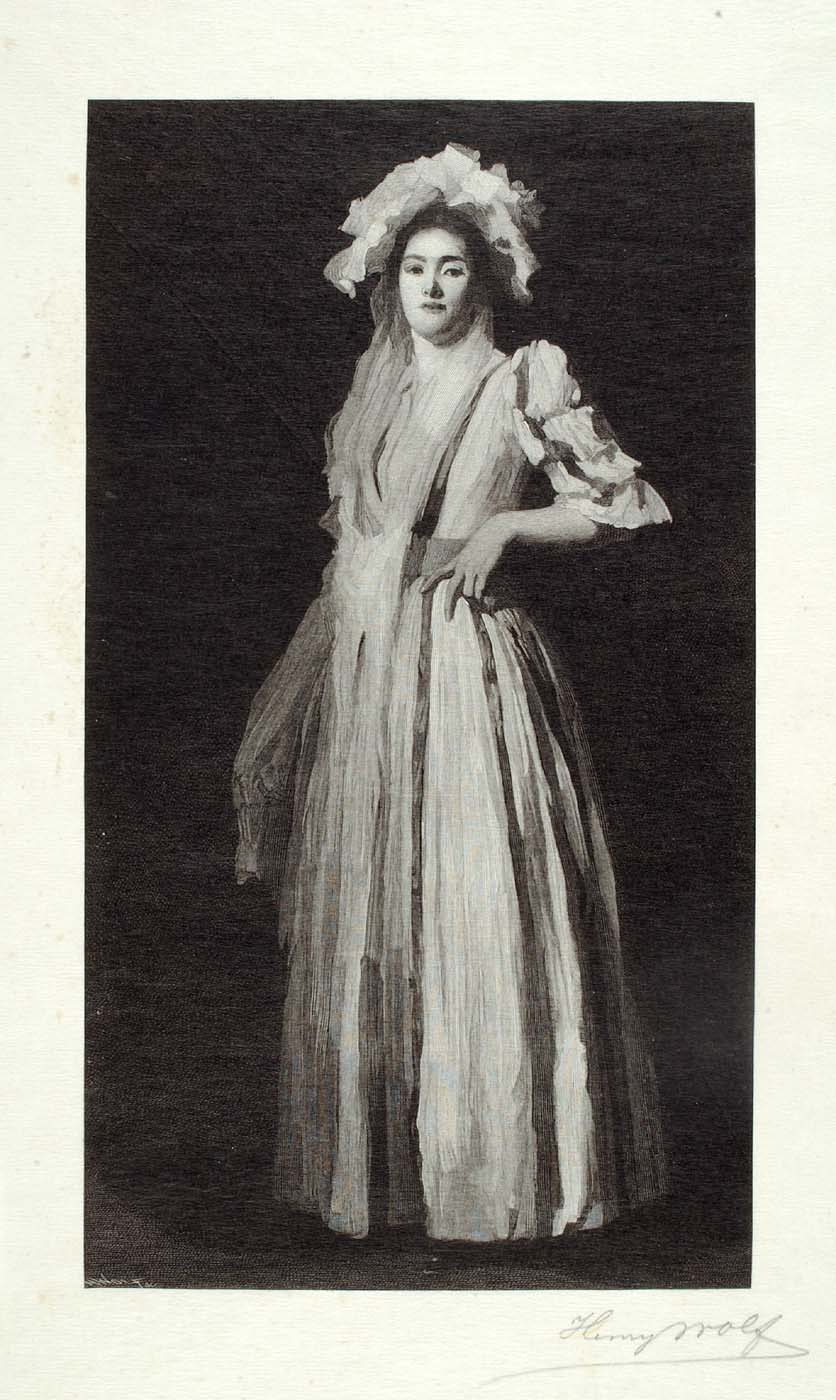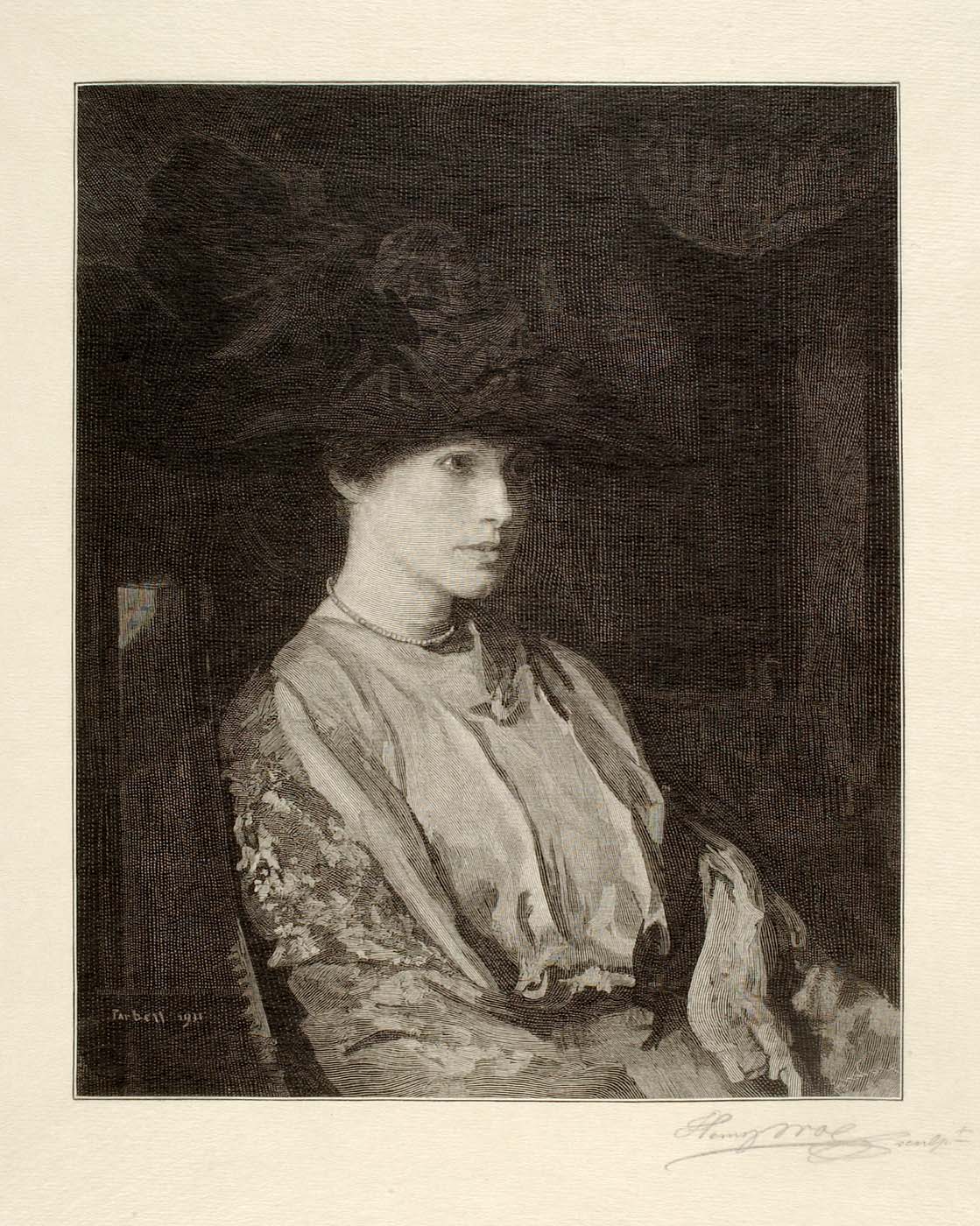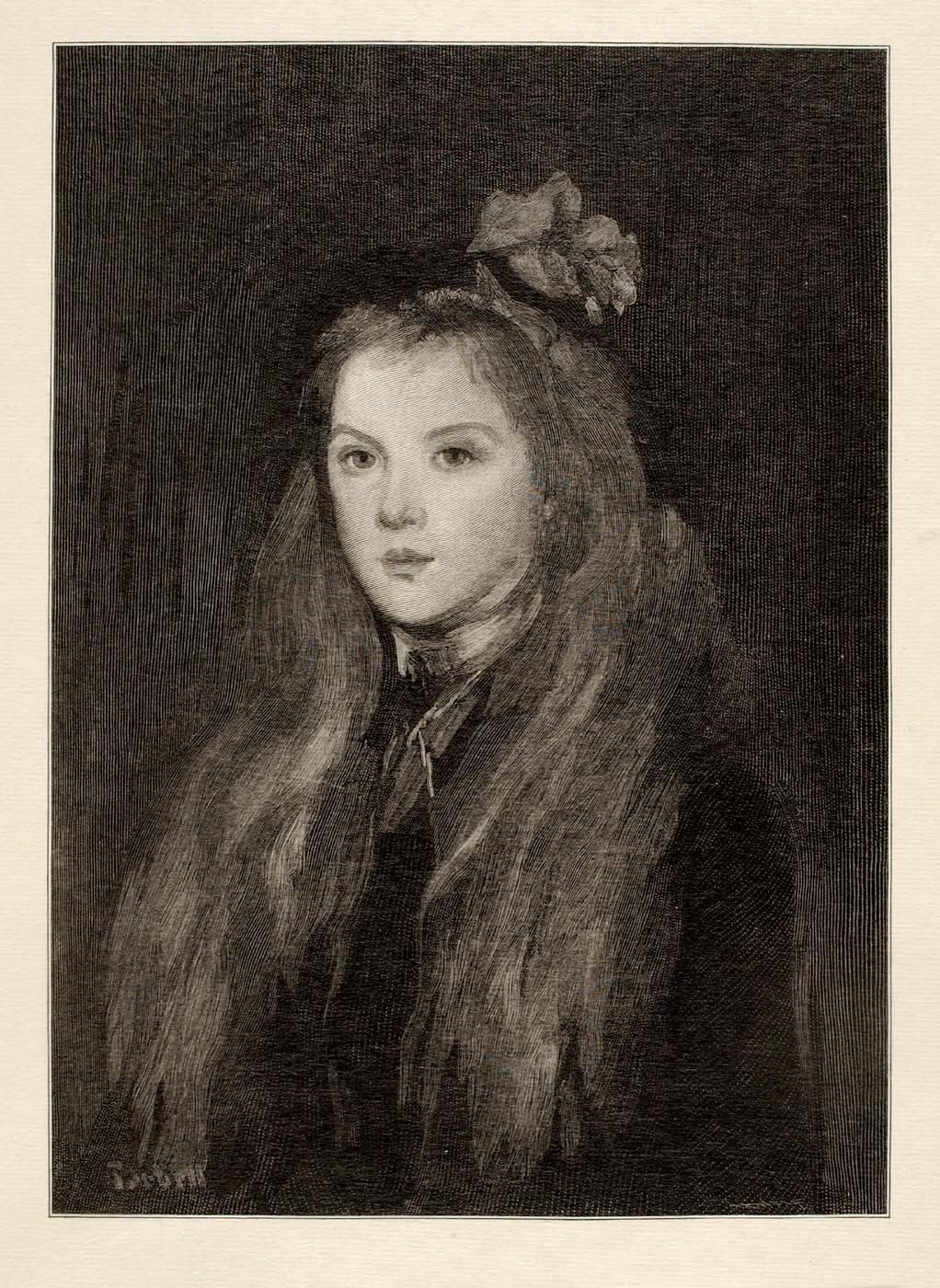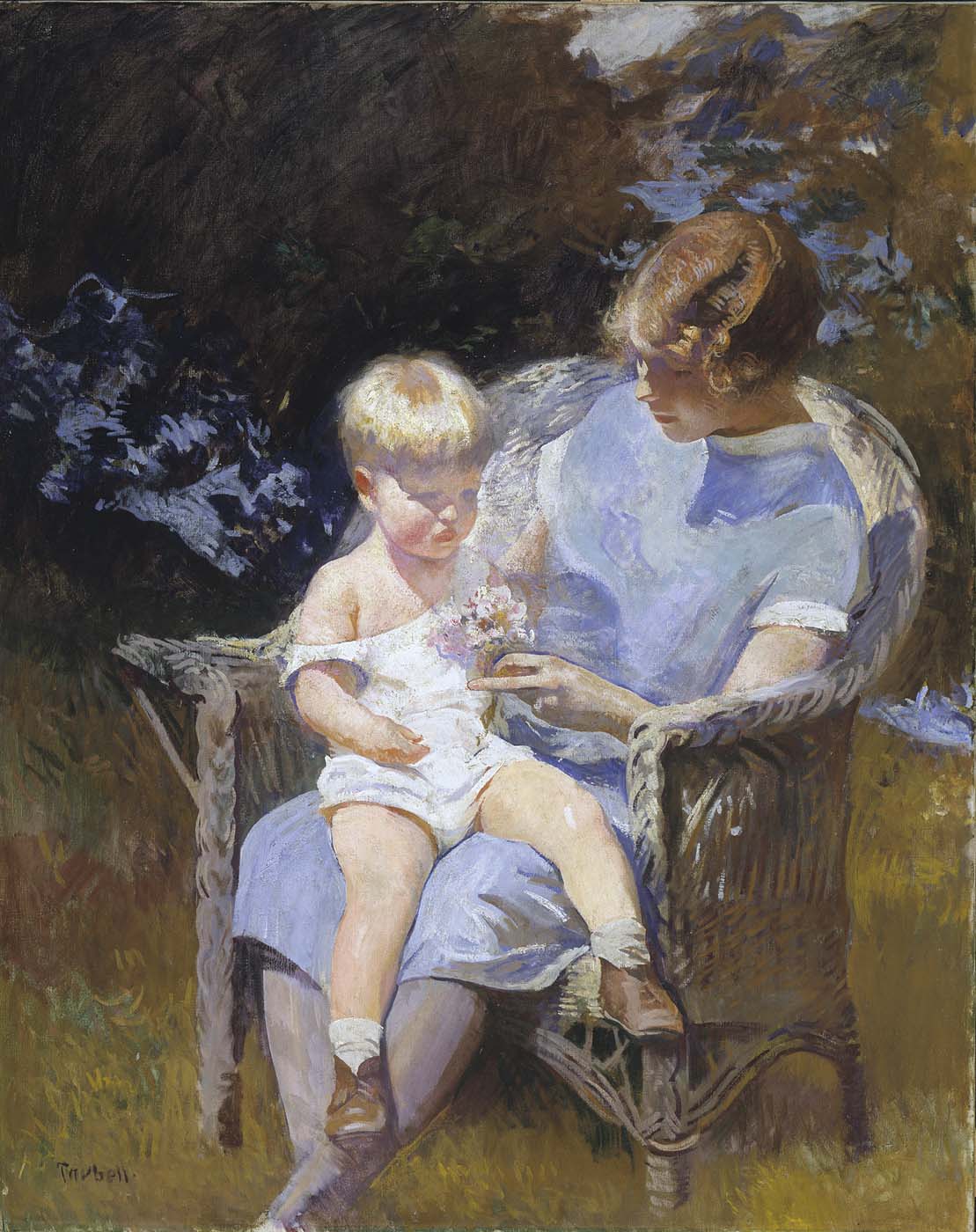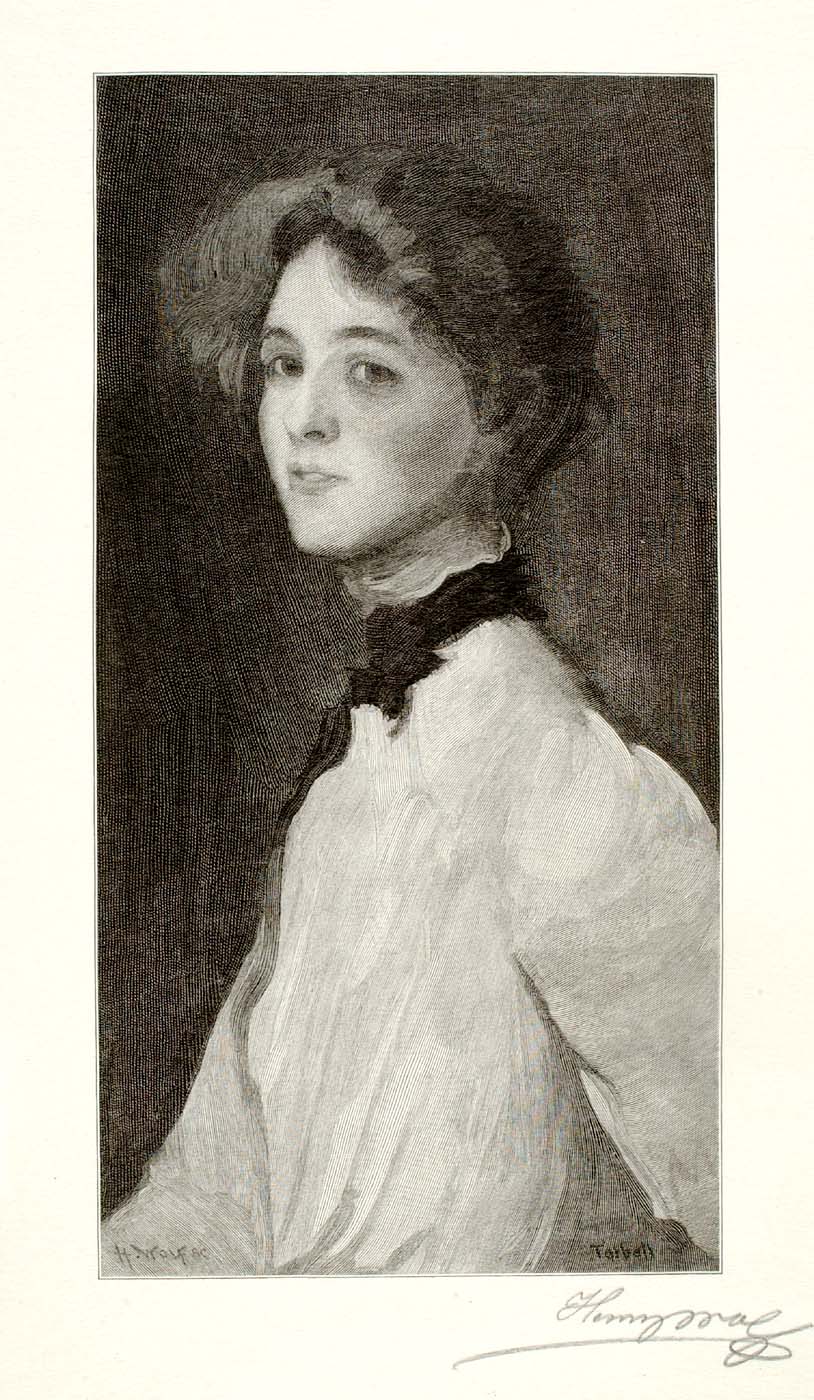Edmund Charles Tarbell
Edmund Tarbell's remarkable New Hampshire summer home is emblematic of the painter and his art. Just as the artist's paintings draw upon traditional styles and motifs to construct an image of genteel New England, Tarbell's house blended the old and the new to create a rarefied atmosphere of history and domesticity. On canvas, Tarbell repeatedly depicted modern life in terms of the past, arranging his female subjects in quiet interiors surrounded by icons of New England's glorious past, such as gate-leg tables, Chippendale chairs, and incense jars. Tarbell's sitters read, knit, and drink tea as if in a historical vacuum. At home, in the fashionable summer colony of New Castle on the Piscataqua River near Portsmouth, Tarbell recreated the same atmosphere. Starting with a modest nineteenth-century farmhouse, he tripled its size and used architectural fragments from earlier buildings to provide the new house and garden with historical ambience. Tarbell's arrival in New Castle marked his ascension to the very highest circles of New England society. Of old Yankee stock himself, he could trace his lineage back to 1638. This pedigree served the artist in his rise from a country boyhood in West Groton, Massachusetts, to school in Boston and Paris, and finally to his position as the leading arbiter of taste for genteel New England. Considered the dean of Boston school painters (dubbed "Tarbellites" in 1897 by the critic Sadakichi Hartmann), Tarbell taught at the School of the Museum of Fine Arts from 1889 until 1912, imparting his vision of a graceful past to a generation of Bostonians.
William H. Truettner and Roger B. Stein, editors, with contributions by Dona Brown, Thomas Andrew Denenberg, Judith K. Maxwell, Stephen Nissenbaum, Bruce Robertson, Roger B. Stein, and William H. Truettner Picturing Old New England: Image and Memory (Washington, D.C.; New Haven, Conn; and London: National Museum of American Art with Yale University Press, 1999
Objects at Dallas Museum of Art (1)
Objects at Colby College Museum of Art (1)
Objects at Indianapolis Museum of Art at Newfields (1)
Objects at Archives of American Art (2)

